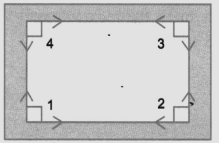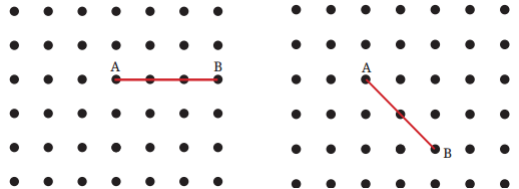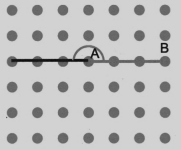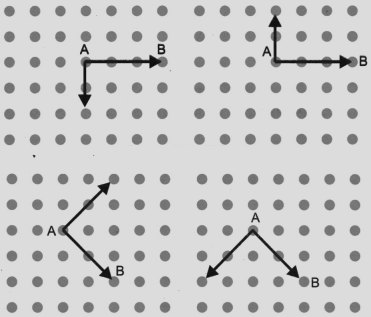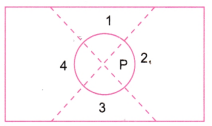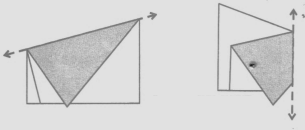Maths Class 6 Chapter 2 Questions and Answers - Free PDF Download
FAQs on NCERT Solutions For Class 6 Maths Chapter 2 Lines And Angles Exercise 2.7 - 2025-26
1. Where can I find reliable and step-by-step NCERT Solutions for Class 6 Maths Chapter 2, Whole Numbers?
You can find comprehensive and accurate NCERT Solutions for Class 6 Maths Chapter 2 (Whole Numbers) right here. These solutions are prepared by subject experts and are fully aligned with the latest CBSE 2025-26 syllabus, providing clear, step-by-step methods for solving every problem in the textbook exercises.
2. What is the correct method to find the predecessor and successor of a whole number as per the NCERT textbook?
The correct method is straightforward:
- To find the successor of a whole number, you simply add 1 to it. For example, the successor of 99 is 99 + 1 = 100.
- To find the predecessor of a whole number (except 0), you subtract 1 from it. For example, the predecessor of 99 is 99 - 1 = 98.
3. How do the NCERT Solutions explain the use of a number line for adding whole numbers in Chapter 2?
The NCERT Solutions for Chapter 2 explain addition on a number line with these steps:
- Start at the first number on the number line.
- To add the second number, move that many steps to the right.
- The number you land on is the sum. For example, to solve 3 + 4, you start at 3 and move 4 steps to the right, landing on 7.
4. Why is the distributive property important for solving problems in Exercise 2.2?
The distributive property (of multiplication over addition) is crucial because it simplifies complex calculations. For a problem like 101 × 25, you can break it down as (100 + 1) × 25. Applying the property, you get (100 × 25) + (1 × 25) = 2500 + 25 = 2525. This method, detailed in the NCERT solutions, makes multiplication with larger numbers faster and less prone to errors.
5. How does the associative property help in finding the product by suitable rearrangement in Chapter 2?
The associative property allows you to regroup numbers in a multiplication problem to make it easier to solve mentally. For example, to solve 4 × 125 × 25, instead of multiplying in order, you can rearrange it as (4 × 25) × 125. Since 4 × 25 = 100, the problem becomes a simple 100 × 125 = 12500. This smart rearrangement is a key problem-solving technique in the chapter.
6. Why is zero (0) called the additive identity for whole numbers?
Zero is called the additive identity because when you add 0 to any whole number, the number’s value or 'identity' does not change. For any whole number 'a', a + 0 = a. This property is fundamental to the system of whole numbers and is a key concept explained in Chapter 2.
7. What is a common mistake students make when finding the product of the largest 3-digit number and the largest 2-digit number using properties?
A common mistake is performing direct long multiplication instead of using properties. The largest 3-digit number is 999 and the largest 2-digit number is 99. The correct NCERT approach is to use the distributive property: solve 999 × 99 as 999 × (100 - 1). This becomes (999 × 100) - (999 × 1) = 99900 - 999 = 98901. This method is much faster and more elegant.
8. Why is division of a whole number by zero not defined, a concept relevant to Chapter 2?
Division by zero is undefined because it leads to a contradiction. Division is the inverse of multiplication. If we say 6 ÷ 0 = x, it would mean that x × 0 = 6. However, any number multiplied by zero is always zero, never 6. Since no number 'x' can satisfy this condition, the operation is considered undefined in the system of whole numbers.

























